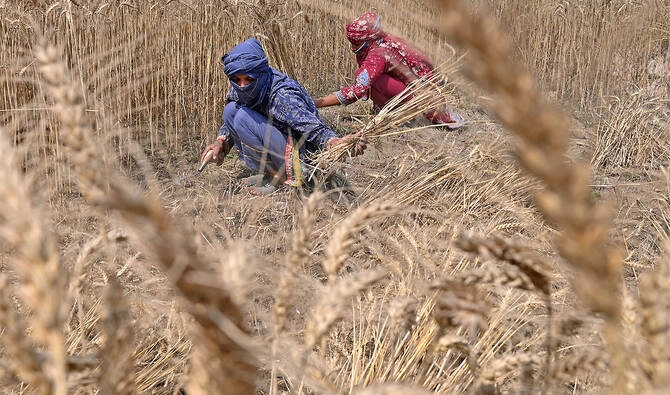- Web Desk
- Today

Pakistan aims for $3 trillion agricultural economy with census
-
- Web Desk
- Aug 06, 2025

ISLAMABAD: The federal government set a goal to develop the country’s agricultural sector into a $3 trillion economy, the Federal Minister of Planning, Development, and Special Initiative Ahsan Iqbal said on Wednesday.
The ambitious target centres on leveraging accurate data collection through an upcoming agricultural census, part of the wider ‘Uraan Pakistan’ initiative aimed at supporting sustainable national developments.
The minister stated that acquiring authentic and comprehensive arming data was important to guide proper planning and policymaking. “Scientific planning based on factual information is crucial for boosting productivity and ensuring long-term growth in agriculture”, he said.
Read more: Crackdown against sugar overpricing: over 500 shopkeepers face action
The census will map farmland usage, crop types, irrigation infrastructure, and farmer demographics – important factors in modernising the sector.
Agriculture remains a core pillar of Pakistan’s economy, contributing approximately 20 per cent of the GDP and providing employment to a substantial portion of the population.
Above 10m households drive economy, reveals economic census
However, challenges related to outdated farming methods, water scarcity, climate change, and land management have restrained growth and productivity levels.
Through the agricultural census, the government plans to address these issues by promoting advanced farming techniques, climate-resilient crops, and improved resource management.
Ahsan Iqbal said that the data-driven approach was essential in strengthening food security, reducing post-harvest losses, and improving the agricultural sector’s export potential.
The Uraan Pakistan project integrates these efforts within a broader framework to support economic transformation in next few years.
“Our objective is to harness data and technology to not increase yields but to create employment opportunities and improve Pakistan’s competitiveness in global agricultural markets”.






